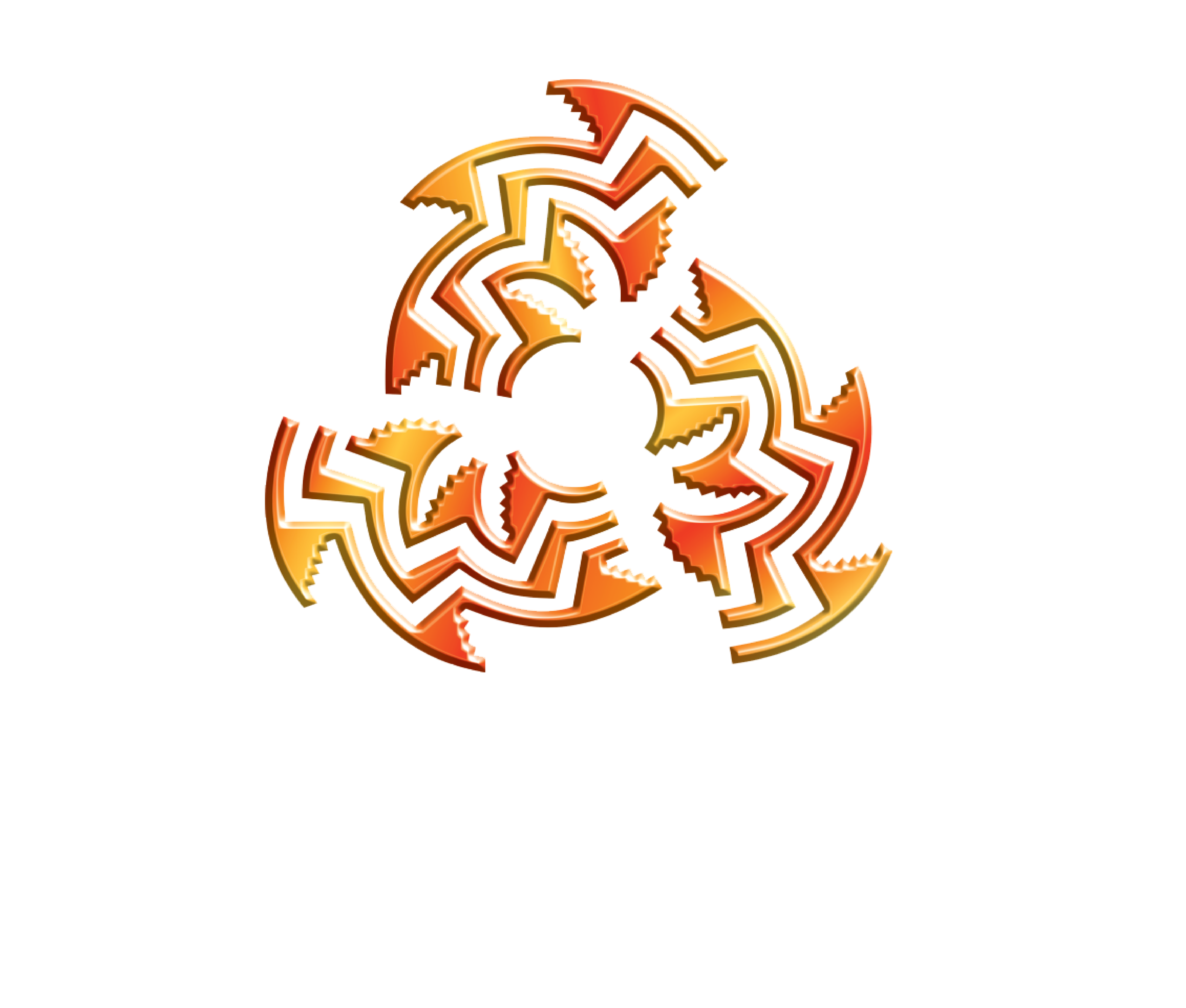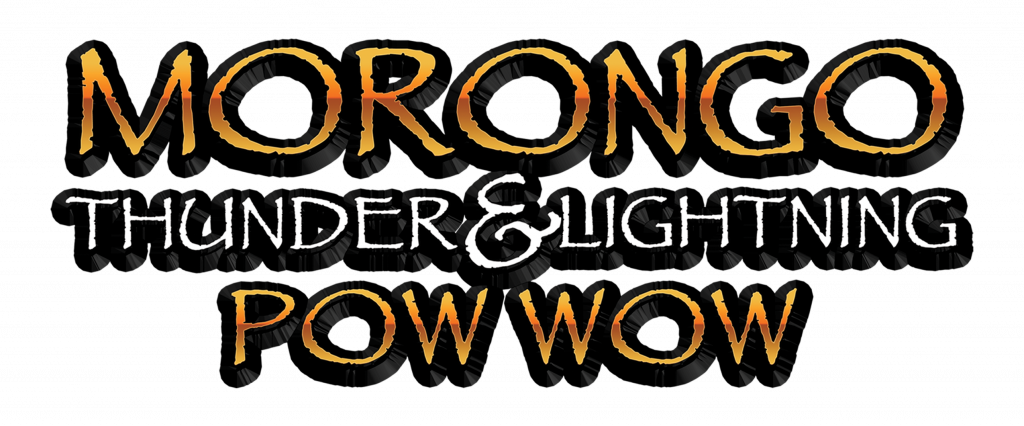Pow Wows are celebrations of Native American culture and heritage. Originally, they were held in the spring to welcome the new beginnings of life. It was a time when people gathered together to visit with family, to sing, dance, gamble and to renew old friendships and make new ones. In this setting, young people had the opportunity to meet and court.
In the old days, “Pow Wows” had religious significance as well. Families held their naming and honoring ceremonies during these times. For mid-western tribes, the celebration was also a prayer to the one called in Lakota language Wakan Tanka the Great Mystery or Great Spirit. According to some historians, the word “Pow Wow” comes from the Algonquin tribe’s language for a meeting of medicine men or spiritual leaders. In the Algonquin tradition, Pow Wows were held for healing and success in hunting and battle.
Other historians believe “Pow Wow” is an Anglo-Saxon interpretation derived from the Massachusett Indian word “pauwau”, which referred to tribal and family councils held for decision-making and dispute resolution.
In colonial America, white settlers misapplied the word “Pow Wow” to any gathering of Indian people. During the late 1800’s and early 1900’s, the United States government attempted to repress native culture and traditions. Many non-Indians believed that Indian culture had to be destroyed because it was the complete opposite of what they saw as “civilization.”
As East Coast tribes were moved further westward across the United States, through the government policy of relocation, their customs spread to other tribes with whom they came in contact. Gatherings of Indian peoples began to reflect the traditions and celebrations of a number of tribes.
Contemporary Powwow
Today, Pow Wows are very much a part of the lives of modern Native Americans. They bring many tribes together in a social and festive atmosphere. An estimated 90 percent of Native Americans attend Pow Wows. They can be found in every state of the union, including Hawaii. Beginning in May each year, thousands of Indians and visitors travel the “powwow circuit,” a series of summer events that originated more than fifty years ago. They are held on Indian reservations, in civic centers, fairgrounds, public parks and gymnasiums across the country.
Many dancers and singers earn their entire livelihood during a season on the circuit. Talented Native American artists and food concessionaires make their living through Pow Wows, and others receive fees as arena directors or announcers.
Grand Entry
Spectators should always stand and remove their hats during the Grand Entry, the flag songs and invocation that follow.
The Grand Entry is a feature event of every Pow Wow. It is a parade of color and sound that signifies the opening of each session of the Pow Wow. Usually, there are two Grand Entries a day at Pow Wows. During the Grand Entry, contestants have the opportunity to score points. All competing dancers are required to take part. At many Pow Wows, the dancers will lose points or risk elimination if they fail to take part in the Grand Entry.
The procession begins with the presentation of colors. First, the eagle staff is carried into the “arbor,” or inside of the circle. The American flag, state flag and tribal flag follow this. Any visiting “royalty” (princesses from other various tribal pageants) enter, and other invited dignitaries come next.
Symbols & Ceremonies
There has been a resurgence of interest in Pow Wows among non-Indians. Many non-Indians believe that Native Americans have a better relationship with our beleaguered earth. They are attracted to Indian spirituality and practices of living more harmoniously with nature and each other.
Pow Wow, as an expression of culture, is an opportunity for non-Indians to observe, learn and celebrate. In modern Pow Wows, most religious ceremonies no longer play a central part, they are often conducted in the privacy of family gatherings; but blessing ceremonies, honoring ceremonies and ceremonies for dropped eagle feathers remain today.
The eagle feather is sacred to most Native Americans. When an eagle feather accidentally falls from a dancer’s outfit, the Pow Wow stops. Veteran dancers must perform a special ceremony before the Pow Wow can continue. Different tribes have different customs relating to how the dance ceremony is performed. Regardless of the tradition, spectators should stand, remove caps or hats, and listen carefully to the announcer’s instructions.
The circle is a sacred symbol to Indian cultures. It means wholeness: there is no beginning, no end. At a Pow Wow, dancers are in the center of a circle. The audience forms a circle around them, bringing the people closer together, closer to their community, and their culture.
Historically, singing and dancing have always been an integral focus at Pow Wows. Competitive singing and dancing for prize money is a fairly recent development. Only registered participants can participate in the dancing contest, but when an “inter-tribal” dance is announced, everyone, including visitors, can take part.
We encourage you to join us in dance and celebration.


